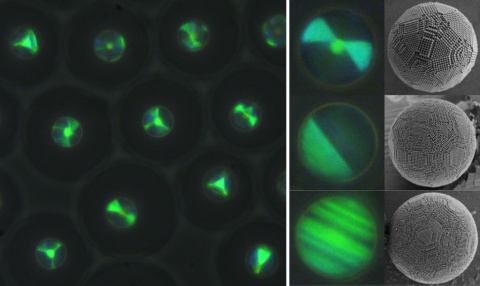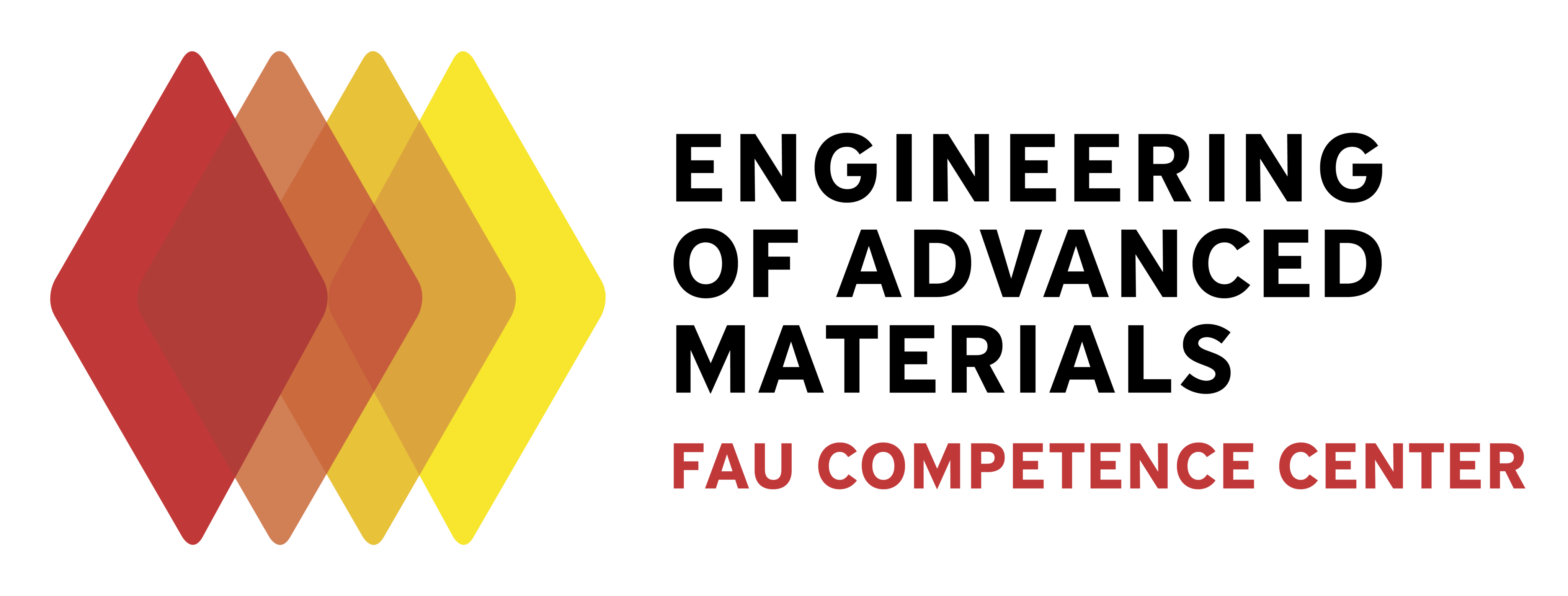September 2024

Most of the colors we encounter in daily life are produced by pigments, i.e., produce by the absorption of specific wavelengths of light. However, there are other forms of coloration, and one of them prevails in nature: structural color. This type of coloration is responsible for the vivid hues seen in some insects, peacock feathers, and the iridescent appearance of opals. Unlike pigments, structural color arises from the physical interactions of light with nanoscale structures composed of dielectric materials arranged in periodic patterns.
In our lab, we create such colors by self-assembling ordered arrays of particles into spherical clusters. These particles behave as layers with alternating refractive indices when considering both the particles themselves and the surrounding medium. Additionally, structural color is not just a mean to produce beautiful bright colors, but it can also be used as a tool for characterizing different crystalline structures. Different particle arrangements result in distinct color patterns, which is exactly what we observe in the calendar image. Here, we can identify clusters with three different crystalline structures: icosahedral, decahedral, and face-centered cubic (FCC).
Publications related to this work:
Wang, J. et al., Adv. Funct. Mater. 2020, 30, 1907730. https://doi.org/10.1002/adfm.201907730
Mbah, C.F., Wang, J., Englisch, S. et al., Nat Commun. 2023, 14, 5299. https://doi.org/10.1038/s41467-023-41001-6
Research group website:
